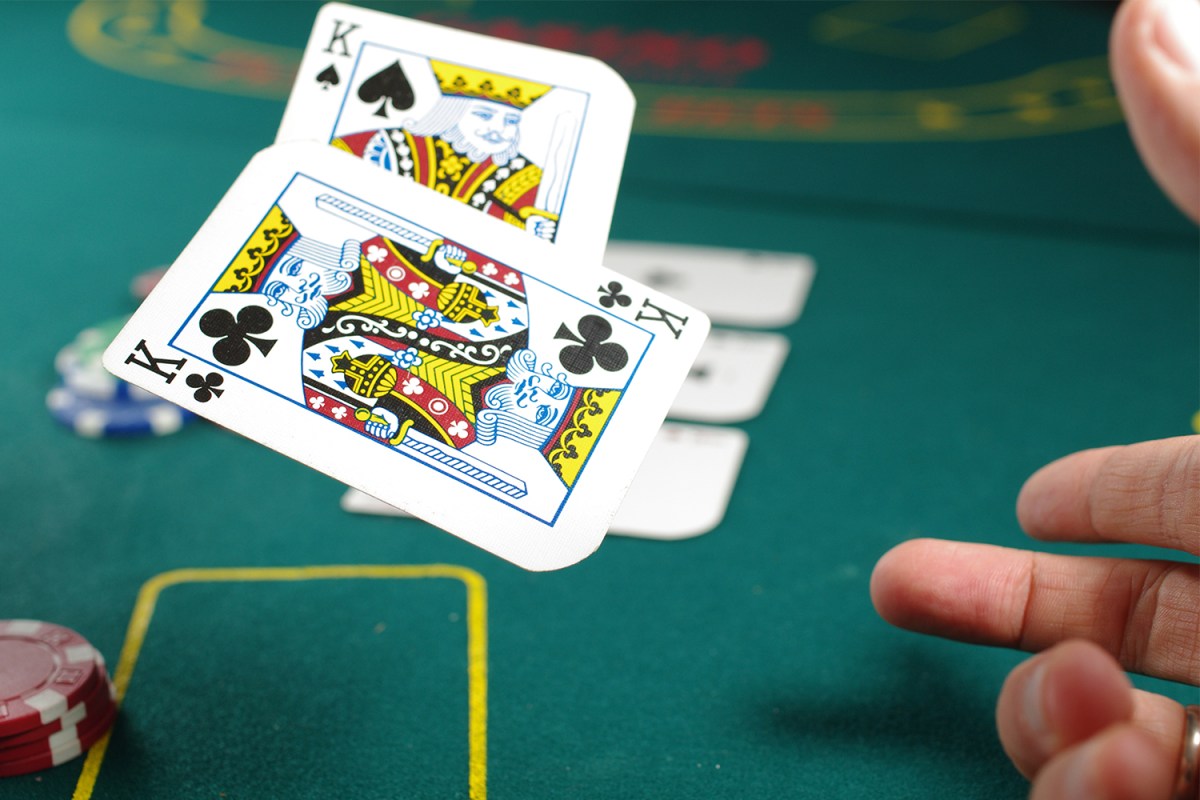At its highest level, poker can be a gripping game, one where knowledge and demeanor each play a significant role in bringing about victory. Movies like Rounders and Molly’s Game have thrillingly depicted the world of high-stakes poker, and have helped to bring the game to a wider audience. But as competitive endeavors go, it also occupies a unique position with respect to its highest-level players.
Poker is a game that someone can take a lifetime learning; it’s also something that can be learned at a terrifyingly rapid pace, for someone with the right resources. And that’s precisely what writer Maria Konnikova explored via her book The Biggest Bluff: How I Learned to Pay Attention, Master Myself, and Win. Konnikova went from a novice poker player to a professional, winning prizes in highly competitive games.
At The Atlantic, Konnikova describes the process of her education in poker. She learned by seeking out the tutelage of Erik Seidel, considered to be one of the best poker players of all time. What Seidel emphasized, in Konnikova’s telling, was not specific advice but rather giving her the framework to make her own decisions:
Seidel won’t tell me how to play a hand not because he’s being mean but because that answer comes at the expense of my developing ability to make good decisions. I have to learn to think through everything for myself, on my own. All he can give me are the tools. I’m the one who has to find the way through.
And that realization might explain the broader appeal of poker: at a certain level, it offers a way of engaging with the world that’s applicable whether or not you’re processing a hand in front of you.
Subscribe here for our free daily newsletter.
Whether you’re looking to get into shape, or just get out of a funk, The Charge has got you covered. Sign up for our new wellness newsletter today.

















